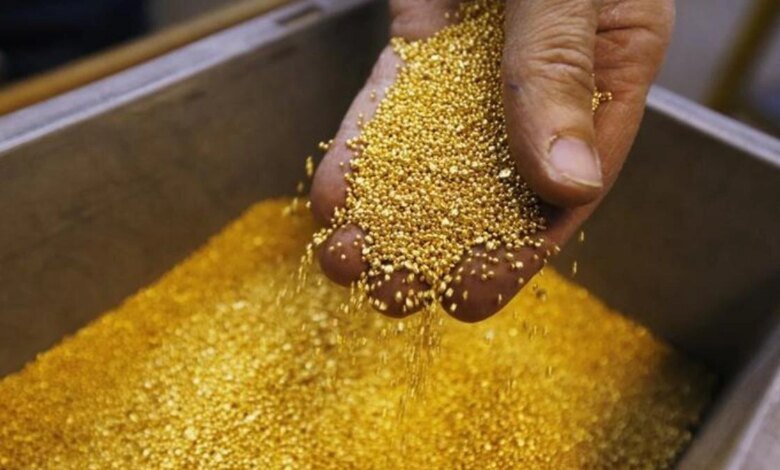India’s gold reserves cross $100 billion for the first time, share in forex reserves at 14.7%

India has achieved a bright milestone, with the Reserve Bank of India’s gold reserves crossing the $100 billion mark for the first time. Reserve Bank of India data shows that gold holdings rose by $3.6 billion to $102.36 billion in the week ended October 10, even as total foreign exchange reserves fell to $697.78 billion. Reuters reported that gold now represents 14.7% of India’s total reserves, the highest share since the late 1990s.
Interestingly, this record was not driven by heavy buying. The Reserve Bank of India bought only about 4 tons of gold between January and September, compared to about 50 tons in 2024. Instead, the increase came mainly from valuation gains with global gold prices rising by about 65% in 2025.
Buoyed by rising global bullion prices, India’s gold reserves have reached $102.365 billion, underscoring the growing importance of gold in the country’s foreign exchange management strategy. The proportion of gold in total foreign exchange reserves has now risen to 14.7 percent, the highest in nearly three decades, despite a marginal decline in total reserves during the week.
The rise in valuation is primarily attributable to the extraordinary rise in gold prices, which have jumped 65% so far in 2025. “The share of gold in India’s foreign exchange reserves has increased significantly, largely driven by valuation gains from the higher gold price,” said Kavita Chacko, head of India research at the World Gold Council. This rise was driven by macroeconomic uncertainty and changing global trends towards reserve diversification.
The latest data indicates that gold now represents a much larger proportion of India’s reserve assets than in previous decades. “The share of gold in India’s total reserves rose to 14.7%, the highest since 1996-97, according to traders.”
Although the pace of the Reserve Bank of India’s gold acquisitions has moderated this year, with only four months of net buying in the first nine months of 2025, the impact of the sharp rise in prices has more than offset the slowdown. According to World Gold Council data, the Reserve Bank of India’s gold purchases declined compared to near-monthly additions in 2024. However, the rise in value was enough to push reserves beyond the historical threshold of $100 billion.
The increasing share of gold in reserves comes against the backdrop of global central banks increasing their gold holdings as part of a broader move to diversify away from the US dollar. Analysts cite factors such as increasing geopolitical risks, sanctions pressures, and the trend towards eliminating the dollar, as the main drivers behind the increased demand for gold at the sovereign level.
India’s position as the world’s second largest gold consumer makes this achievement even more significant. The country relies heavily on imports to meet domestic demand, which is deeply rooted in Indian tradition and investment culture. This achievement reflects not only the strategic decisions made by the central bank, but also the macroeconomic currents that influence currency management around the world.
World Gold Council experts point out that the share of gold in India’s foreign exchange reserves has almost doubled over the past decade, rising from less than 7% to nearly 15%. This reflects the accumulation of central banks and the significant rise in global gold prices.
Reserve Bank of India Chairman Sanjay Malhotra commented: “India’s foreign exchange reserves are adequate; global gold hoarding not a major concern: RBI Chief Sanjay Malhotra on IMF 2025.” His statements at the International Monetary Fund confirm the central bank’s confidence in the current reserve composition and its expectations regarding global reserve management practices.
Don’t miss more hot News like this! Click here to discover the latest in Business news!
2025-10-17 15:24:00




